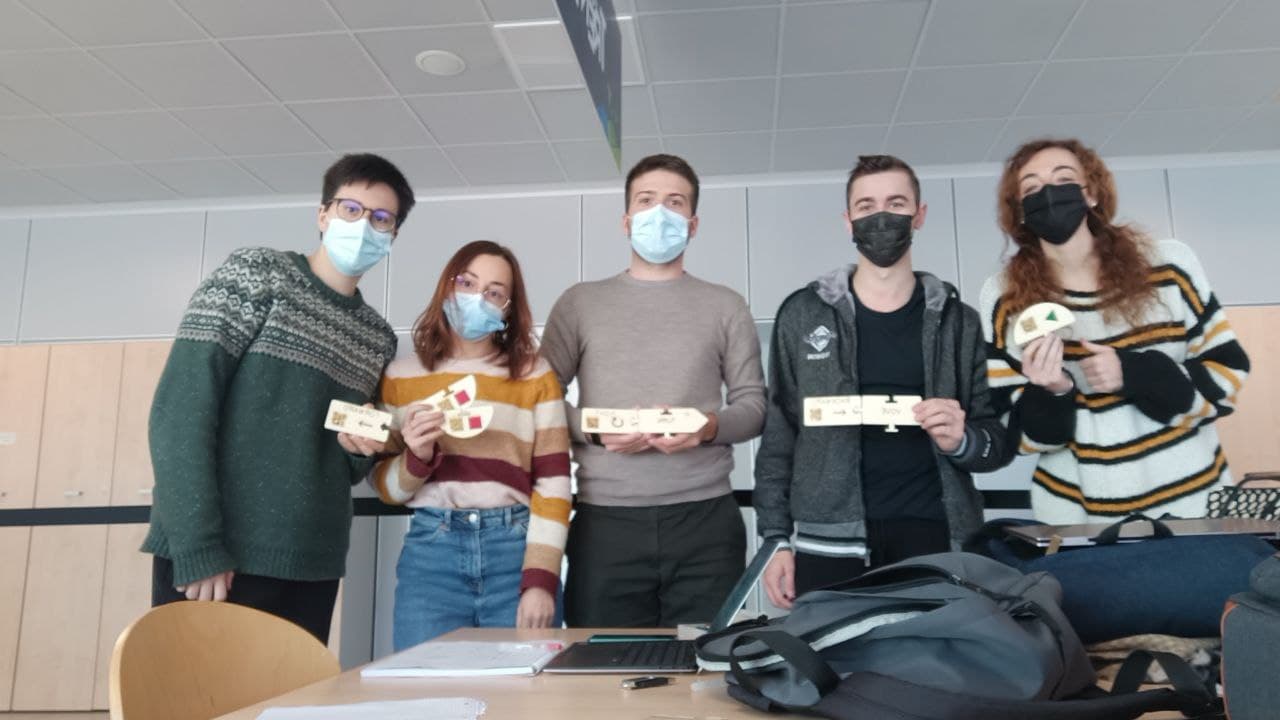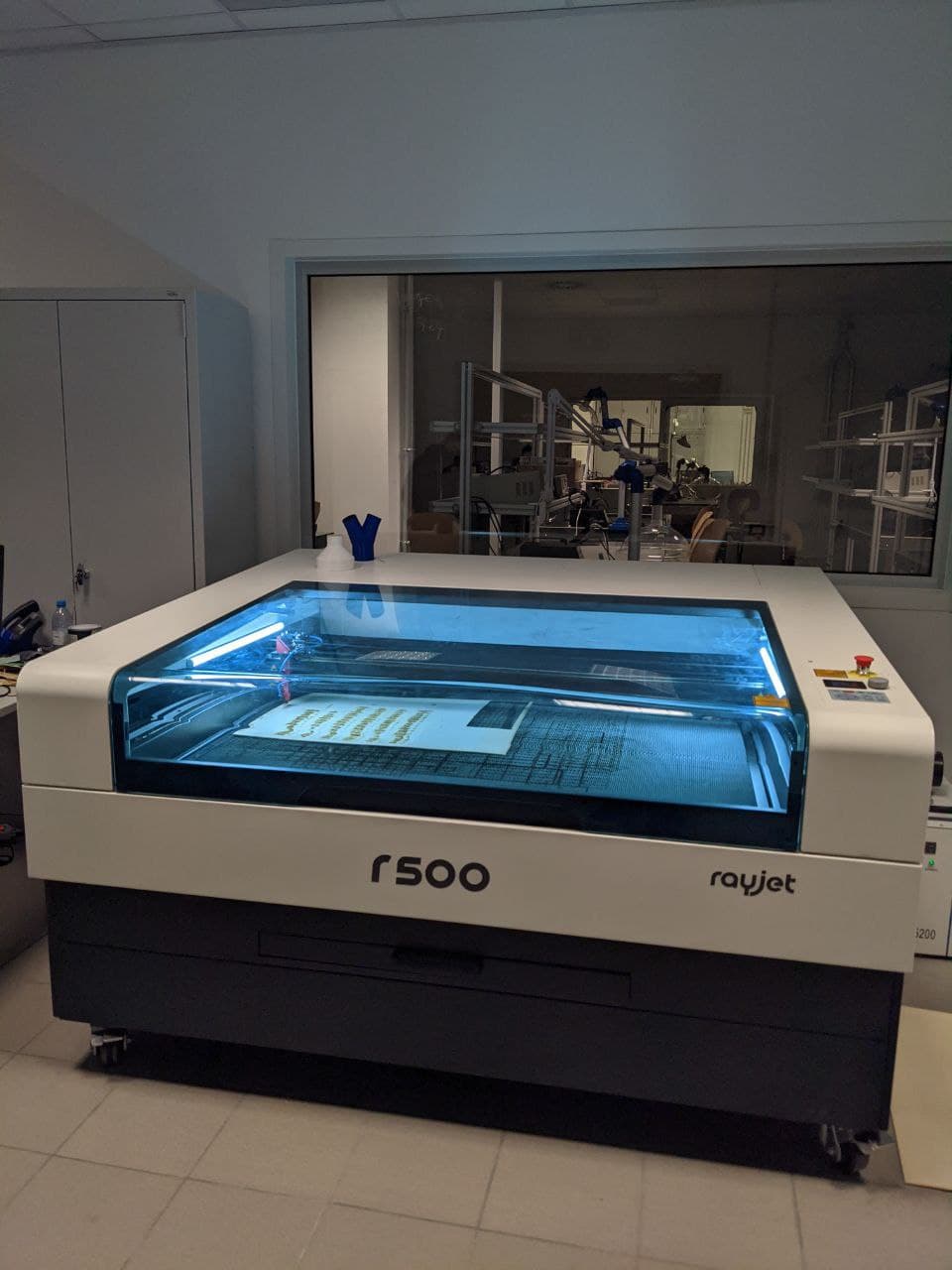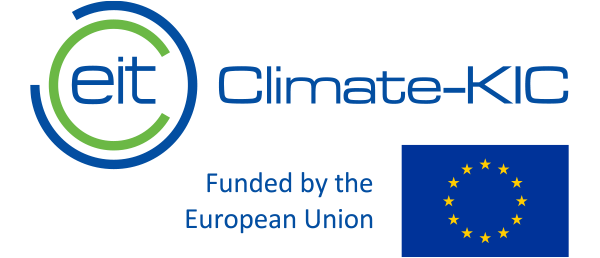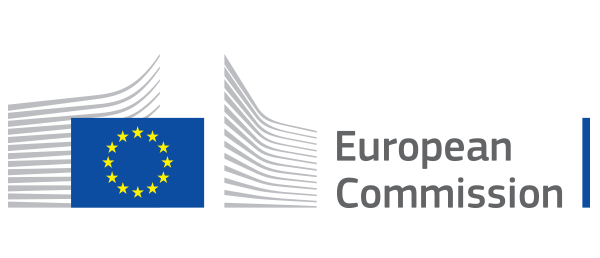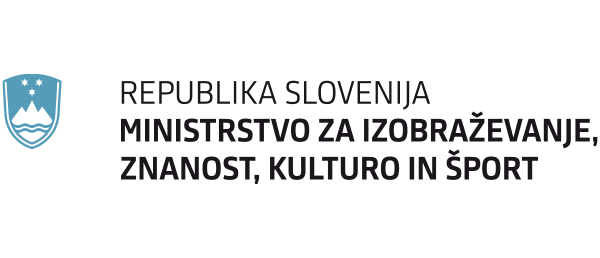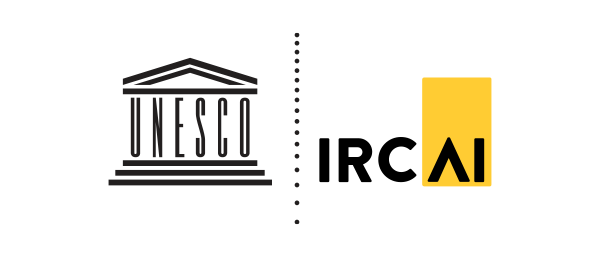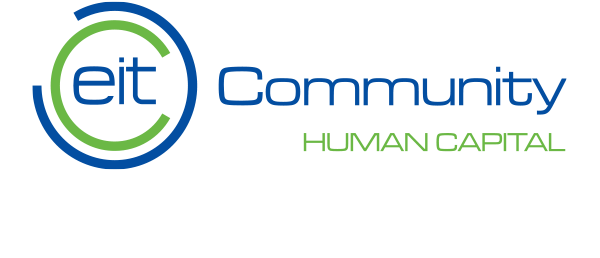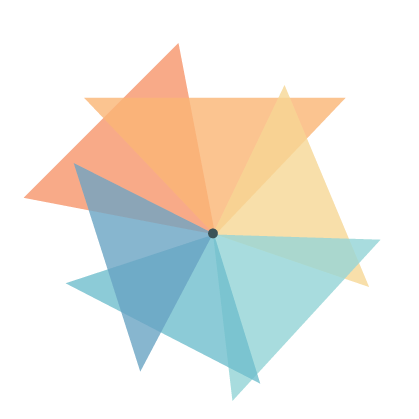
Bring the code to life
Can Computer Science concepts be taught to young children? What if it was fun? We thought about bringing coding to life in an active and engaging experience that could be implemented in class by combining physical blocks of code.
Children will immediately see the result of their work on a screen!

Team: aubergines@6am
Team members
Chiara Gulino, Denis Lucietto, Maria Vitali, Martina De Cet, Nicolò Francesco VeroneseMembers roles and background
- Chiara Gulino - BPh in Philosophy; currently studying HCI
- Denis Lucietto - undergraduate Computer Science student
- Maria Vitali - BSc in Computer Science; currently studying HCI
- Martina De Cet - BSc in Computer Science; currently studying HCI
- Nicolò Francesco Veronese - BSc in Psychology; currently studying HCI
There were no predefined roles. Each member of the group participated actively to find an idea.
Everyone collaborated, someone prepared the vectors for the wooden cards, someone prepared the presentation and someone prepared the written documentation.
Contact details
Solution description
Building a device through which children can understand and learn what programming is.
Our aim is to teach children the logical concepts underlying programming. The most challenging part: do it in a playful way, avoiding to put the child in a situation of frustration.
Our solution is to design an analogical “Scratch”. “Scratch” is a free programming language developed by MIT that makes it easy to create interactive stories, animations, games, music, and art, and share your creations on the web.
“Scratch” is one of the most used tools to introduce children to programming. By discussing and sharing our thoughts with different teachers who had the chance to use it, we learned that children (mostly in primary school) may find the first approach with “Scratch” extremely challenging and hard.
The main reasons are:
- learning to use tools they are not familiar with (like the mouse) can become a barrier;
- they easily get bored, due to the lack of a physical output they can touch and interact with.
The goal of this project would be:
- to create an active engagement, while making children train their problem solving skills;
- to minimize the learning effort, by shaping the tool in an easy-to-understand way;
- to motivate children and help them approach challenging exercises, while avoiding frustration.
Our solution will provide a safe and playful environment for children to learn the basics of programming, minimizing the effort related to using a specific hardware for the first time.
Solution context
The problem we tried to address is to teach young children the basics of programming.
A possible solution should take into account:
- Avoiding activities and exercises that could be perceived as too hard, the main risks being boredom and frustration, which could lead to a progressive dislike of the subject.
- A ready and easy-to-use tool for an educator, which includes activities and ideas to support the teaching and learning process.
As a result, kids can learn the basics of computational thinking. They will have the chance to work in small groups in order to explore the creative side of Computer Science by actually connecting different blocks and receiving a visual input on any device screen.
Solution target group
6 to 10 year-old children.
Solution impact
Providing an inclusive way to teach programming, making the learning process easier. Easier for teachers to use it and for children to play with it.
Solution tweet text
Stop talking, start sharing! How to learn together: how to learn better using #Kidgramming.Solution innovativeness
The idea of tangible pre-programmed or programmable blocks to teach coding to kids is nothing new on the market: several solutions have been proposed in research papers or marketed in the past 1,2,3. They either relied on physically embedded electronics into the block or served as means to compile the code on a computer. Getting inspiration from these previous works, Scratch was developed: it’s an online graphical programming language where the user has to link different blocks to compile a functioning code. While certainly a huge step forward, we think it still requires a high level of abstract thinking. Based on these past results we wanted to find a new way to teach the basics of Scratch and computational thinking to even younger kids.
We decided to create a smaller, physical library of Scratch’s blocks in order to teach children via a tangible interface. Moreover our blocks, each one representing one of those selected Scratch’s blocks, have a QR code on them corresponding to an instruction or a function.
After physically building up the program code, the kids will scan the QR code placed on each block using a tablet or any device with an embedded camera. The code will then be executed and the result displayed on a screen, providing the children with an immediate feedback of their ideas, thus showing them their code can become real.
Solution transferability
Our solution is designed to be used at school with children from third to fifth grade. We think that it can also be totally used at other times, perhaps as a game to play at home with friends.
Ideally, by increasing the complexity of the system and of the single blocks, this product could be adapted to different age groups: from very simple blocks for young children that can create programs to draw shapes and learn the concept of sequentiality, to teenagers, who can program their own blocks to shape their own ideas.
Solution sustainability
For the production’s early stages of our project we need these resources:
Plywood. Wood from Tempesta Vaia will be used only when real production starts, we need to contact VaiaWood to ask them for feasibility
Access to CNC machines/laser cutters. The FabLab at Trento University has these resources
At least a software developer for an early version of the app. A graphic designer for the UI will be needed at a later stage
For the early testing in the real world we plan to do a focus group/workshop with motivated and interested teachers in local (Trentino) schools that already use innovative teaching techniques. With their ideas and feedback, we plan to engage a developmental psychologist to better assess the pedagogical approach.
For the practical activity, we plan to give teachers and educators a training workshop. The kit would also come with written instructions and links to video tutorials. We must better investigate if the on-site training is always needed (more costs) or if it will be limited only to the early stages of the project.
For the software development and the graphical interface we might involve UniTn university students offering the programming part as an internship/thesis work
Regarding affordability, everything could be built up as a toolkit that could be requested by schools. Each kit will have enough blocks to allow a class to organize group works and activities.
However, this solution could be easily adopted in diverse contexts, e.g. in schools that cannot afford complex and expensive technologies, a valid alternative could be providing image files to be printed and cropped in class.
Solution team work
We worked effectively as a team from the very beginning. Thanks to the different backgrounds of each member of the group, everyone played a very valuable role in the development of the final idea.
Whatever the outcome of this hackathon, as we are very passionate about our work, we hope to be able to take it further, developing all the features we have in mind, perhaps even expanding our group to have more ideas.
It would also be very interesting to take this project to schools to see if it would be appreciated by children, as we thought it would be.
AESIR_CLIMATHON_SOLUTION_DISCLAIMER



